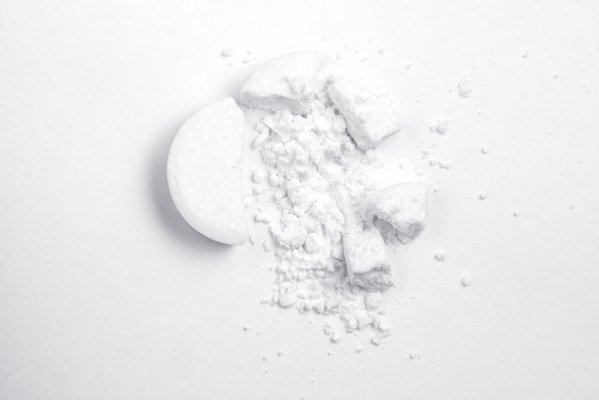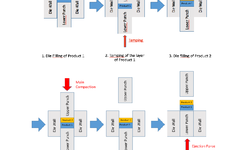Scientific papers
The initial phase of tablet compaction involves particle rearrangement. In this investigation, rough lactose particles were created through roller compaction, and their surface roughness was altered by subjecting them to partial surface dissolution in a fluidized bed processor. Various flow methods were employed to assess the particles' flow characteristics, while a compaction simulator with punches of varying geometry and compaction pressure was used to study their compaction behavior. Rougher particles exhibited diminished compressibility and poorer powder flow due to elevated interparticulate frictional forces necessary for particle mobility. The energy associated with particle rearrangement during tablet compaction was found to be correlated with compressibility (R2 = 0.92) and increased with the surface roughness of the particles. The rearrangement of particles was contingent on interparticulate frictional forces, quantifiable through the FT4 powder rheometer variable flow rate test and compressibility test. Plastic energy decreased due to the heightened requirements for rearrangement energy. The decrease in tensile strength, a consequence of reduced plastic energy, did not show significant differences. Tablets produced from roller-compacted lactose particles exhibited higher tensile strength compared to crystalline lactose, attributed to the prefragmentation of the crystalline structure during roller compaction.

Comments
No comments posted yet.
Add a comment














